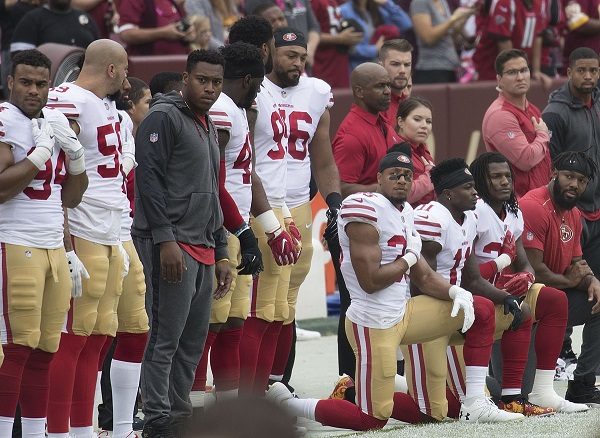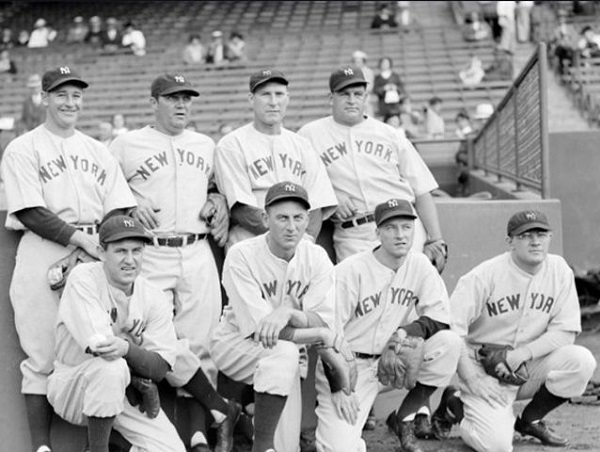The chyron blizzard continues, 17
Wednesday, March 6th, 2019[ by Charles Cameron — Netanyahu parallel’s Trump on witch-hunt defense and many other things ]
.
All In, Chris Hayes:
Michael Cohen clip:
There’s just so many dots that all seem to lead to the same direction
Elijah Cummings
When we’re dancing wth the angels, the question will be asked, in 2019 what did we do to make sure we kept our democracy intact.
Chris Hayes to Ro Khanna:
What is your response when they try to sort of gaslight us all that way?
Ro Khanna:
You don’t have to believe a word Cohen says, he has smoking gun evidence
The barrage of lies is so constant, creates a kind of noise, a sort of noise, it sort of can hollowv out peoples memories ..
Michelle Goldberg:
..The epistemological terrorism that the Trump administration practices on us every day to keep us in this state of kind of derangement and feeling slightly off-center and not being able to get your bearings in this moment..
Michael Steele:
Even hustlers have strategy.Even hustlers have strategy [ .. ]
Again, if you wantto deconstruct the administrative state, it starts with deconstruct the way you think and the way that you perceive reality [ .. ]
You throw a little more miasma in the miasma, and you’re ready to go [ .. ]
You don’t want to be the Democrat out there swinging from that limb, to have it sawed off, not by Republicans but by other Democrats
Michelle:
You might go out on a limb to say, Let’s indict him for being a Russian asset, but you’re not going out on a limb to say he was part of a criminal conspiracy involving campaign finance reform and that he probably wouldn’t have been elected President absent this crime
**
Returning you to your usual programming:
Israeli PM Bibi Netanyahu is about to be indicted for fraud and bribery — a man whose father was the great historian Benzion Netanyahu, author of the monumental Origins of the Inquisition in Fifteenth Century Spain, while his elder brother was the IDF officer who commanded the Sayeret Matkal commandos in the 1976 Entebbe raid, and its only casualty.
Impeachment discussion:
Dan Froomkin:
.I’m really disappointed in the coverage of the tpic of impeachment in the mainstream media. They tend to cover it as a sort of horse race, as a political story about optics
A few other random items:
Ari Melber to Hardball:
You’ve got the baton
Unsure, but good:
You don’t punish rich people. They just go on longer vacations and buy Picassos.
Metastatic zing
AM Joy:
Gabriel Sherman:
The problem is, the Republican party has been taken over by this cult of personality of a reality TV show.
Joy:
It’s incredible and extraordinary this is not like hair on fire, the top story all day every day everywhere.
Language! Shocking!
Alexi McCammond:
You can say a lot without saying a lot of words
Virginia Heffernan:
They’re intoxicated by the idea of his presence, they’re intoxicated by the possibioity that you’re doing something larger than yourself, that you might change the world if you hang out with Trump.
I think Michael Cohen supplied us, if nothing else, a way out of that kind of slavery to Trump’s vision.
Most of us who haven’t gotten close to him think, I wouldn’t touch him with a ten-foot pole. He looks line, Michael Bloomberg said, he looks like a con man when he’s just on the dais, but then there’s people who get nearer him and suddenly turn into smithers..
Backing up this quasi-cultic analysis, here’s a quick quote from “I’m Sorry for the Tweet That I Sent”: Inside the Bonkers Michael Cohen-Matt Gaetz Apology
Sam Nunberg, a former Trump campaign aide, relayed to me a piece of advice that Roger Stone offered him when he entered Trump’s circle. “Roger warned me, ‘you need to be careful. I’ve seen it many times. When people start hanging around Trump, they start thinking they are Trump,’” he recalled. “You start thinking you can do the things he does — try to intimidate people, do outlandish things against them — and you won’t face consequences. He might not face consequences, but you’re going to. Everyone could become a kamikaze for him. Just look at Michael [Cohen].
Kamikaze reference too, btw>
**
Okay, one chyron from Rachek Maddow:
and a quote from Trump’s CPAC speech, indeed maybe the heart of his Presidency:
You know, I don’t know, maybe you know. You know, I’m totally off script, right … You know, I’m totally off script right now. And this is how I got elected, by being off script. True. And if we don’t go off script, our country is in big trouble, folks. ’Cause we have to get it back.













